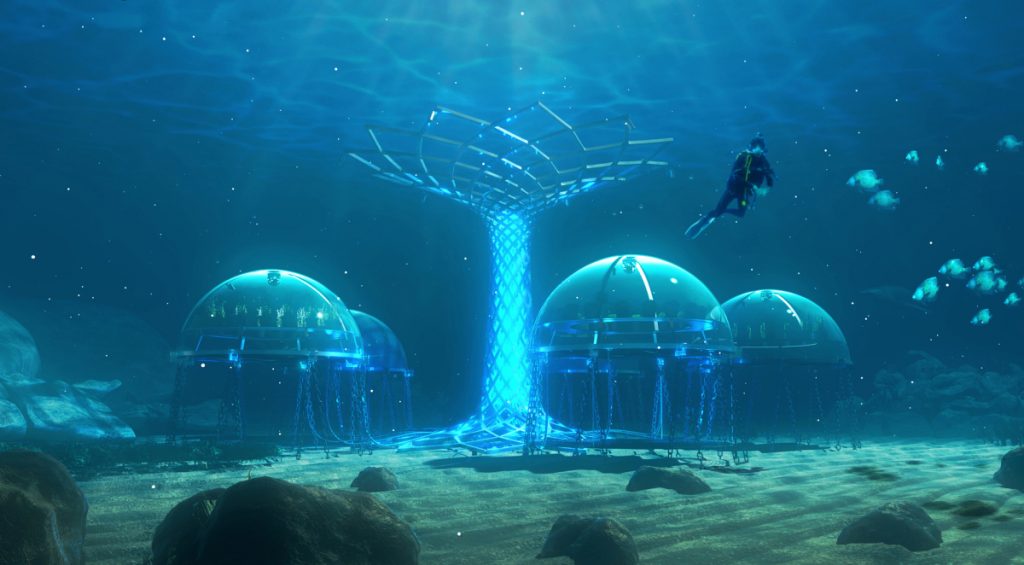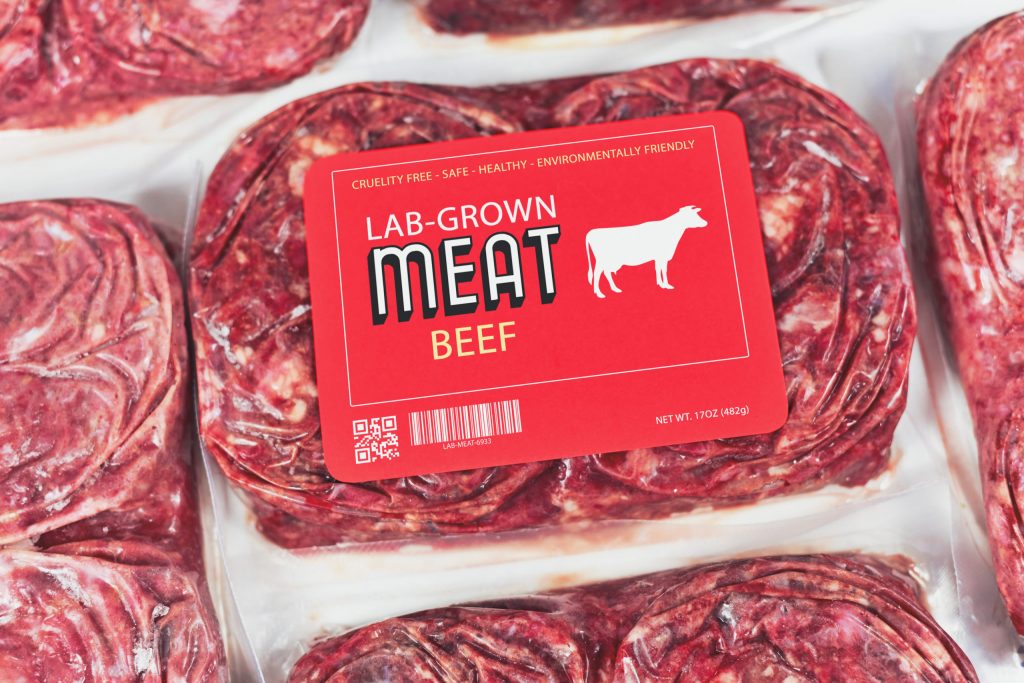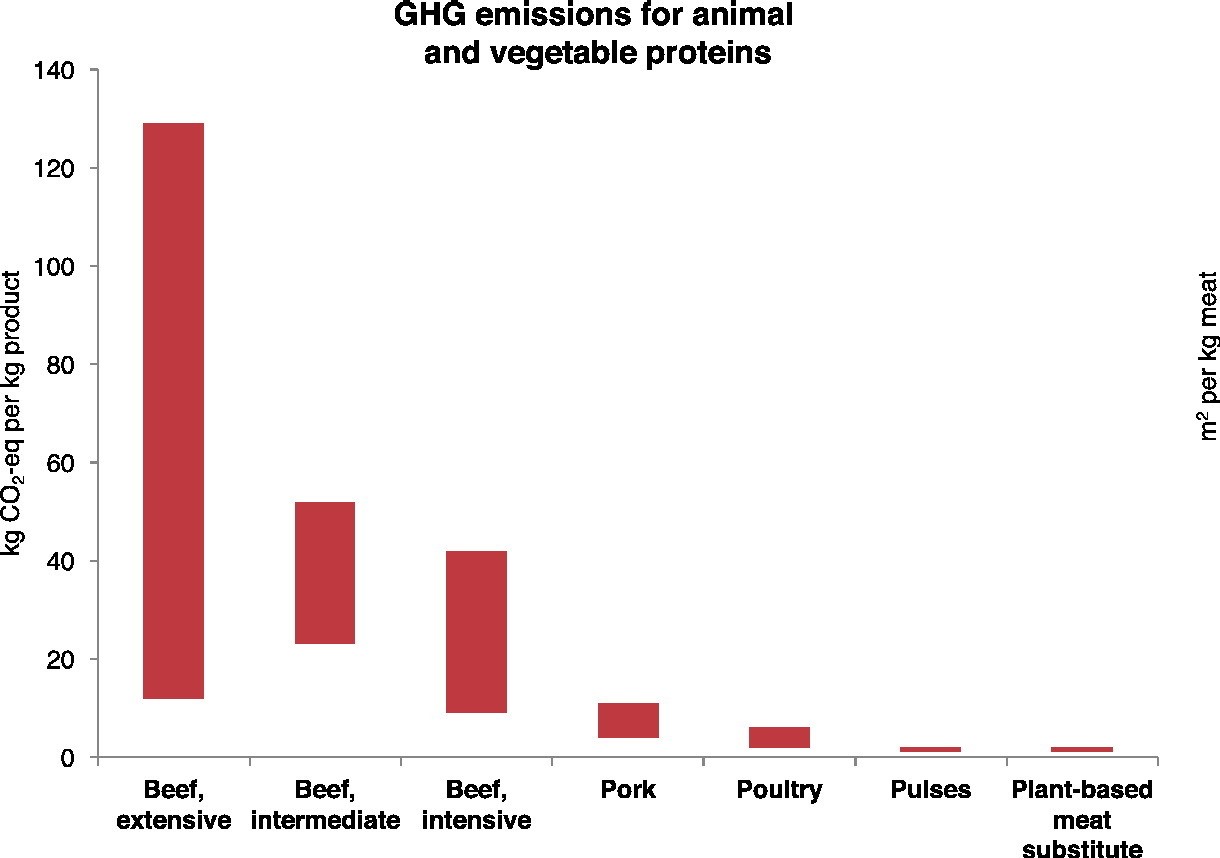The world population is expected to grow to 9.7 billion in 2050, an increase of 2 billion people with respect to today. Considering that Earth is able to produce a limited amount of resources in a certain period of time, the rapid growth of population is certainly going to pose some challenges in the future. Many scientists have tried to estimate the number of people that Earth can support. An article by UNEP published in June 2012 reported that the majority of studies set Earth’s carrying capacity at 8 billion people (at the moment, in August 2021, we are at 7.9 billion).
Does that mean that we are soon headed towards apocalypse? Not really. Firstly, calculating Earth’s carrying capacity is very complex, since it depends on many different elements. The quantity of food, water, fuel, and shelter are just some of the variables that need to be taken into account, which makes the computation very challenging. Secondly, some factors can increase the carrying capacity, most importantly technology development, which is difficult to predict. And finally, another consideration that needs to be made is the quality of life: do we want to consider carrying capacity in terms of survival or do we want to consider some standards of living? People consume resources unevenly and an average middle-class American consumes 3.3 times the subsistence level of food and almost 250 times the subsistence level of clean water. If that would be the standard, the planet would have a carrying capacity of around 2 billion.
These are just some of the reasons that make the computation of Earth’s carrying capacity difficult and imprecise. Of course, this doesn’t mean that we can ignore the problem of human overpopulation. In particular, a pressing issue is the one regarding food provision. Food habits are the result of a combination of culture, history, and geography. As the issue of overpopulation becomes more urgent every year, new food habits and methods of cultivation will become the norm.
Throughout different eras food consumption has changed in many ways, and a clear example is the increase of meat consumption per persona in the last 50 years, which has increased from less of 150 calories of meat per day to nearly 300. As population grows and environmental issues become more severe, maximising the efficiency of resources will become the focal point. Meat production, for example, is unproductive with respect to plant-based proteins, which are characterised by lower land intensity and lower greenhouse gas emissions intensity (Figure 1). An alternative for a more sustainable way of eating meat could come from cultured meat. Cultured meat consists in in vitro cultivation of animal cells, in order to obtain edible meat without having to farm and slaughter animals. In December 2020 Singapore, after the approval of the Singapore Food Agency, became the first (and, to date, only) country where restaurants also serve cultured meat (specifically, the chicken bites produced by the US company Eat Just). There are still some issues to address before the large-scale commercialisation becomes reality. The most relevant problems are related to the high costs of production and to the plausible reluctance of customers, but many firms are investing in these products and in the next few years we can expect that many progresses will be made. There are some debates regarding cultured meat being environmentally friendly, as the quantity of water use and of C02 emissions for a mass scale production are still uncertain, but the idea is very promising.
Figure 1: GHG emissions for animal and vegetable proteins
Source: Reducing the environmental impact of global diets – ScienceDirect
Another food that could become more popular in the next years are insects. Entomophagy is actually common in some parts of the world, for example in different regions of Asia and Africa; on the contrary, Western countries, such as Europe and North America, have a cultural barrier towards this type of food. Insects could be used as meat substitutes and source of proteins, because they are more nutritious with respect to traditional livestock and farming them require less space and less C02 emissions. Insect farming is also less demanding in terms of capital investment and technological equipment, which makes it suitable for developing countries.
Talking about agriculture, technological development is paving the way for many innovative cultivation methods. Nemo’s garden, based in Noli (Italy), is the first example of underwater farming. The idea is to create an alternative system with respect to standard agriculture, especially dedicated to those areas where cultivable soil is scarce or environmental conditions make plants growth extremely difficult. The plants are cultivated inside the biospheres (Figure 2), air-filled domes where temperature, humidity and illuminance are constantly monitored. Being in a closed environment, the plants inside the biospheres are isolated from parasites, which means no pesticides are needed. But the most exciting part relates to the irrigation system. The difference of temperature between the inside and the outside of the structure allows the seawater at the bottom of the spheres to evaporate easily. The desalinated water condensates on the internal surfaces and then drips onto the plants, creating an ecosystem able to flourish in places where water is difficultly available. Moreover, the biospheres don’t affect the wellbeing of sea creatures. Underwater farming is still at its infancy. Still, it could become a real alternative to traditional agriculture, especially as land scarcity becomes a more urgent problem, and we soon could find underwater vegetables on our tables.

Figure 2: the biospheres of Nemo’s Garden
Source: Nemo’s Garden, l’orto del futuro – Il Salice (liceovalsalice.it)
The ocean is the home of another food of the future, microalgae. Algae already are a typical dish in some cultures, but microalgae present interesting features that make them even more promising. If we will reach the threshold of 10 billion world population, there will hardly be enough animal protein for everybody. Microalgae could become an excellent alternative protein source since edible species have in average about 40% protein content. This is very high if compared to other vegetable protein sources, like soybean (38%), rice (10%), pea (2.8%), or even animal sources like milk (4%) or eggs (13%). They also are comparatively more efficient, for example they can produce about seven times the amount of protein with respect to soybeans on the same amount of land. About 70% of the planet’s available fresh water goes toward crops and raising livestock, but algae can be grown on non-arable land using non-potable water, or even salt water. Microalgae can be used in many ways, but they might be especially suitable as supplements in other foods, in order to achieve the right amount of nutritive substance even with a vegetarian or vegan diet.




